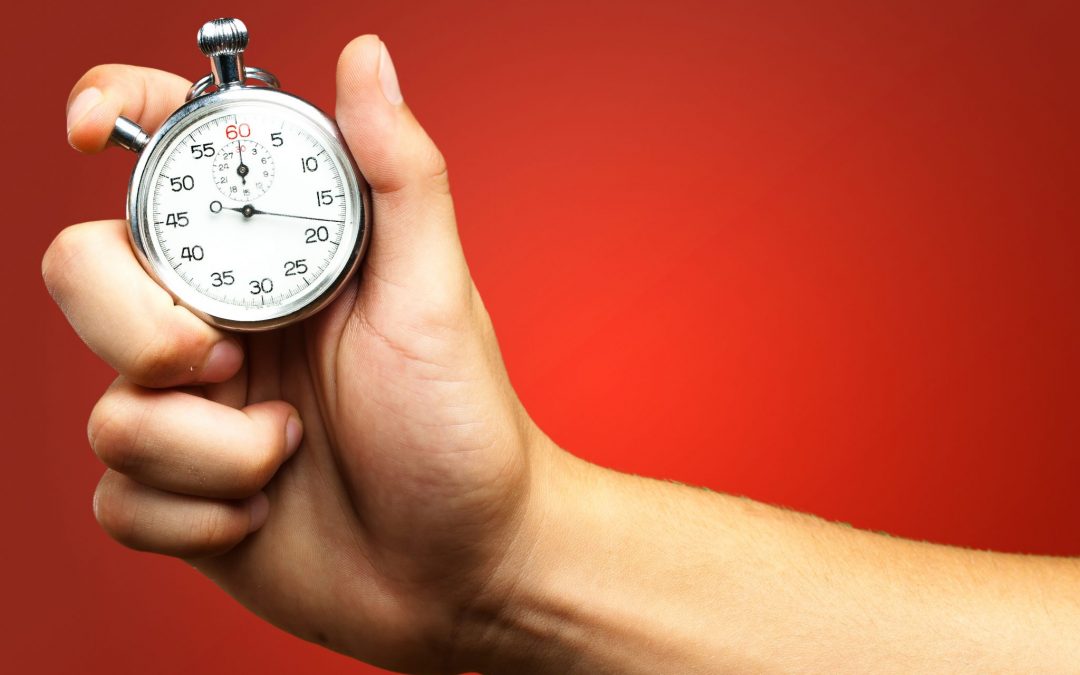If I were Kevin Trudeau, I’d call this post “the decluttering secret ‘they’ don’t want you to know about”. It’s simple, it’s fast, and it can be done in a small portion of an evening. Most important however, it’s not covered in any of the books I’ve read about decluttering and organization. In fact, it would make some professional organizers tear out their hair in frustration. Why? Because it breaks one of the cardinal rules of decluttering – once you open a storage box/bin/drawer, you’re supposed to go through it, re-home everything into an appropriate space, and generally deal with everything in the container.
The problem is, many people need to be in a certain frame of mind to really go through a storage container and deal with everything in it. Worse, since the stuff coming out has to go somewhere, finishing the box may require you to clean shelves, tables, counters, or even entire rooms. It’s a can of worms, and you may not want to open it on a weekday evening.
So let’s talk about a short-term, easy solution. Ready? Get the following together:
- A box, bin, shelf, etc. of items to be decluttered.
- A bin to put donations in.
- A large waste receptacle.
The idea here is incredibly simple. Any box or area that hasn’t been touched in awhile probably has items that are dated, broken, or otherwise obviously not needed. You’re going to work through the area, box, etc., and find these items. The process is also incredibly simple, but there are a few simple rules:
- Any sort of critical document (birth certificate, social security card, etc.) gets put somewhere safe. Put it in a shoebox, a filing system, your wallet, whatever – just put it somewhere where it won’t get lost again.
Everything else gets handled in one of three ways:
- Donate – Anything that’s not usable or desirable to you but might be usable or desirable to a place like Goodwill goes in a donation box.
- Dispose – Anything that’s broken, unusable, and not worth donating (or that can’t be easily donated) goes into the trash.
- Defer – Everything else goes back onto the shelf, into the box, etc.
The idea is to work through the area quickly. You’re not trying to re-home everything, you’re making a quick decision – do I want/use this? If so, keep it. If not, donate or dispose. Of course if you find the missing two plates from your kitchen set that you packed and lost five moves ago, feel free to return them to the kitchen, but don’t lose focus! The key here though is to not feel compelled to do anything beyond the three D’s above. Give yourself permission to do nothing with a particular item, and put it back into the box.
When you’re done, get the trash hauled out and put the bin with the donations somewhere where it will get dealt with soon (donation bins that don’t get donated are….you guessed it – clutter!) I like to put the donation bins in the back seat of my car, so they’re ready to drop off next time I’m out and about.
I’ve done this numerous times over the years, and it’s positively amazing how many things you come across that are immediately, obviously identifiable as disposable. It might be equipment from an old hobby that you’re not interested in anymore. It might be old clothes that don’t fit. You might even open up what you thought was a box of knickknacks and discover that the entire thing is a box of old clothes from a couple of years ago that you were planning to donate to Goodwill (yes, this has happened to me!)
It’s also amazing how fast this process can go. My girlfriend and I did a good-sized closet in about 45 minutes, eliminating about 40-50% of the clutter. If all you do is whittle four storage totes down to two or three, that’s 25% to 50% less junk in that area than before.
Any way you look at it, I call that a win!
Do you have any unconventional clutter-busting tips?

